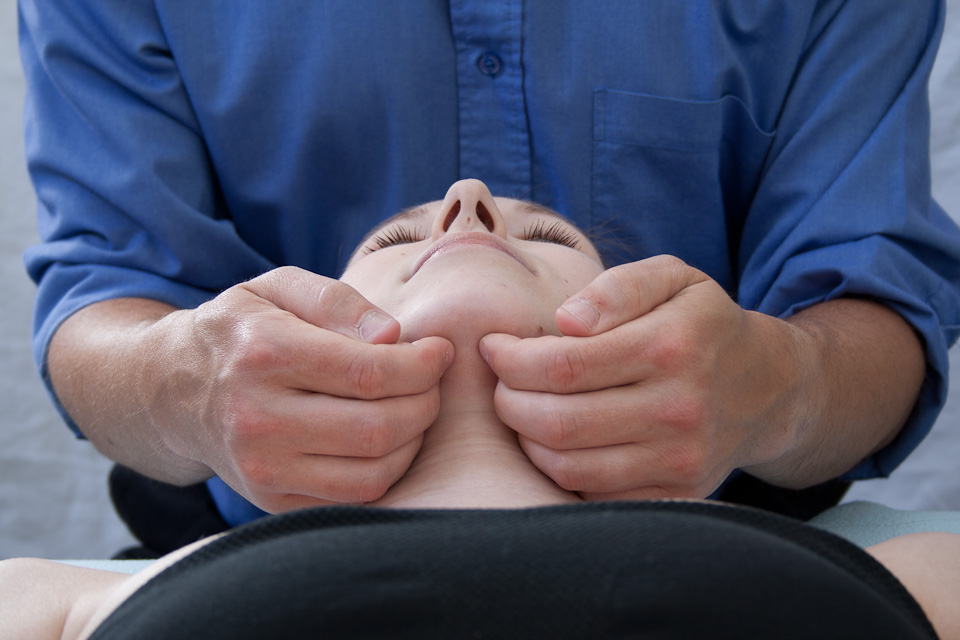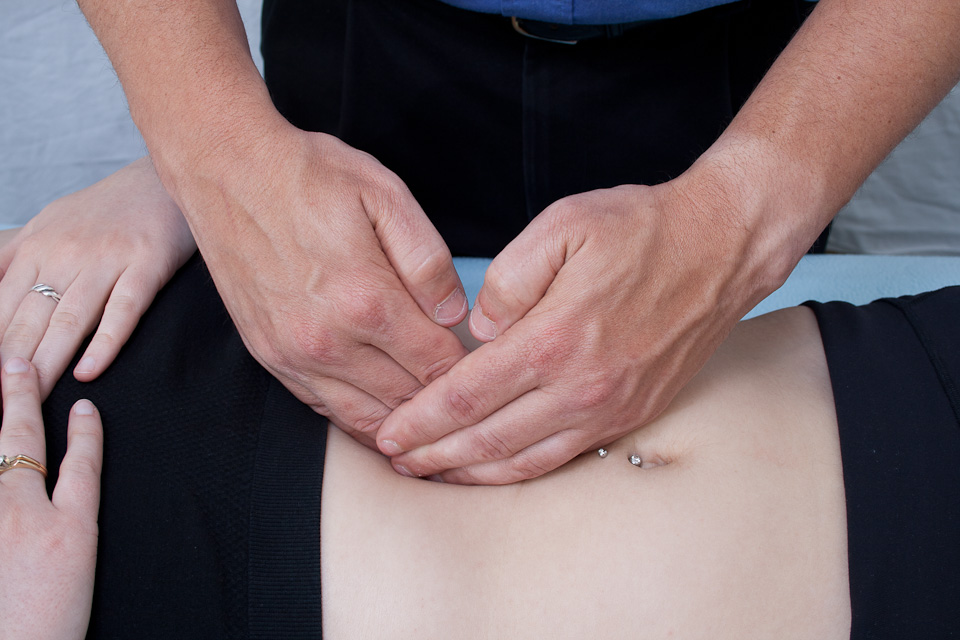This course looks at incorporating all the aspects of the previous courses. Here we look at the fluid dynamics of the interstitial fluid and the role it has in creating homeostasis in a patients body.

We explore the fascial-ligamentous & membranous connections of the Bowstring and how it relates to the anterior, longitudinal, interconnected fasciae that help maintain the anterior-posterior balance of the body. We discuss the anatomy involved, and point out how a dysfunction in one area affects an area distant to it.
On Day 1, we continue to discuss how you acquire the information through your hands from your patient. This is an opportunity to return to a place where you can focus more and fine tune your listening skills. We once again we talk about the history, current research and the principles of L.A.S.T. By now you will have been utilizing your skills and should be comfortable with having a little more time than usual in the course to practice the techniques and get comfortable with them.

Day 2, we discuss and treat the Diaphragms 1-5 and the Bowstring structures involved with them. Day 3, is much of the same, as we look at Diaphragms 6-8 and the Bowstring structures. After a small break, I’ve allowed time for both you and your partner to experience a whole treatment. It’s a great way to end a great weekend.
You’ve now made a significant change in the way you treat and experience your patients. Be confident that the information you are receiving from your patients is real. These techniques offer a new dynamic to your practice and to your patients. You now have a repertoire of “clothes on” and “clothes off” techniques to make you more efficient with your time and hands. In the end, your patient’s quality of life improves and you become more skilled with a safe and effective treatment technique.
Thanks for being a part of the L.A.S.T. family!